Final report: The Planet Nude reader survey
600 naturists. 60 questions. The first Planet Nude reader survey paints a candid, complex portrait of the modern nudist movement
Back in July, we invited you—our readers—to participate in the first-ever Planet Nude Reader Survey. More than 600 of you responded. It’s taken us some time to sit with your answers, to organize the data, and to reflect honestly on what it all reveals—not just about naturism, but about ourselves.
What follows is a long and detailed look at the results. We’ve done our best to interpret the data thoughtfully, and we do draw conclusions. If you disagree with the patterns we’ve identified or the meaning we’ve taken from them, we genuinely want to hear your perspective. The comments are open, and we hope they become a space for continued dialogue.
Our goal with this survey—and with this report—is transparency. That means showing the full picture, even where it may reflect less flatteringly on our community. We believe that honesty is a form of respect. It’s how movements grow.
In that spirit, we’re also releasing the full results of the survey in spreadsheet form at the end of this article, free to download. We’ve removed all names and email addresses to protect privacy, but the data itself is untouched.
So, who are Planet Nude readers?
They are curious, thoughtful, and deeply committed to naturism as both a personal practice and a cultural idea. They tend to be seasoned—many with decades of experience—but remain open to change. Most feel at home in the language of bodily autonomy and consent. Many are politically engaged, spiritually grounded, and culturally aware. While certain patterns persist—especially in gender, age, and geography—the survey also surfaced a readership that’s more diverse in experience and outlook than surface demographics might suggest.
Planet Nude readers care about freedom: the freedom to live without shame, to challenge censorship, and to imagine a different kind of public life. This article explores the survey results in depth, section by section, to better understand how we practice, what we believe, and where we might be headed next.
Who answered the survey?
The 2025 Planet Nude Reader Survey collected responses from a wide range of readers, but a clear profile emerged. The typical respondent is older, male, and highly educated. This, naturally, aligns with long-observed patterns within organized naturism.
Over half of all respondents were 55 or older, with the single largest group in the 65–74 range. Fewer than 10% were under the age of 35, revealing a generational skew that raises familiar concerns about the future of the movement. While age isn’t the sole determinant of openness to body freedom, the absence of younger voices highlights an area in need of deeper attention.
Gender identity data was even more stark. More than 550 respondents—roughly 90%—identified as cisgender men. Only a small fraction identified as cis women, and a smaller number still identified as nonbinary or trans. A handful of write-in responses offered humor or ambiguity, but did little to offset the overwhelming imbalance. Despite this, the survey revealed a notable presence of LGBTQIA+ readers. About one in five respondents identified somewhere under the queer umbrella—a figure significantly higher than population averages and reflective of Planet Nude’s editorial embrace of queer inclusion.
When asked about race or ethnicity, over 500 respondents selected “White.” Only a small number of respondents identified as Black, Latino, Asian, Indigenous, or multiracial. Several respondents wrote in alternatives like “human,” “American,” or “mixed,” either rejecting identity categories outright or expressing the limits of fixed boxes.
The audience also skews highly educated, with more than three-quarters of respondents holding a college or graduate degree. Politically, the community trends left—about a third of respondents identified as progressive, with another 70 choosing “very progressive” or “far left.” But conservative, moderate, libertarian, and apolitical respondents were also present in substantial numbers, alongside a wave of nonstandard write-ins reflecting a broader resistance to political binaries.
Most readers live in the United States, with clusters in California, Florida, Texas, and Washington. But international voices were not insignificant. Readers from Canada, the UK, Germany, Australia, New Zealand, Mexico, Brazil, and over a dozen other countries also weighed in. Suburban readers made up the largest residential group, though urban and rural voices were both well represented.
Taken together, this first batch of data offers a snapshot of the Planet Nude readership—rooted in traditional naturist demographics, but also shaped by the publication’s broader cultural reach and inclusive tone. The generational, gendered, and racial gaps are real, but so are the signs of expansion.
How we practice
If the demographics painted a picture of who Planet Nude readers are, the next section of the survey asked how they practice nudity, and what’s standing in their way. The vast majority of respondents described themselves as practicing nudists. Many participate regularly, even if casually, while a smaller but significant group identified as occasional participants or supporters. When asked how often they’re able to engage in naturist activity in their daily life, over half said they do so frequently—weekly or more. Another third said they participate occasionally, while a smaller percentage admitted it’s a rare or near-impossible part of their everyday lives.
Readers, by and large, aren’t newcomers to naturism. Nearly one-third of respondents have been involved in naturism for 20 to 40 years, and another 19% said they’ve been practicing for more than 50. Just 11% said they began within the past three years, and only two respondents reported getting started in the last year. This kind of longevity points to a deeply rooted culture of sustained personal engagement—one that spans generations, but may also highlight barriers for new participants.
Access remains one of those barriers. Over 100 respondents said they’ve been discouraged from participating in naturism due to financial barriers. Many more cited lack of nearby opportunities as a limiting factor—especially those living in rural areas without clubs, beaches, or meetups within reach.
Despite these hurdles, nearly 500 respondents said they’ve been a member of a nudist organization or club at some point. And when asked how important those organized spaces are to the future of the movement, an overwhelming 470 said they were “very important.” That support was consistent even among those whose own nudism happens mostly outside of formal settings.
When asked directly if they consider themselves “actively involved” in the naturist movement, most respondents said “somewhat.” About a quarter said yes, while a smaller group admitted they weren’t sure what “active involvement” actually means. A vast majority of respondents said they are able to participate in naturist activities at least occasionally. This suggests a broad middle ground—readers who care about naturism, practice it in their lives, but may not be engaged in advocacy or organizational work.
On the topic of family inclusion, most respondents agreed that naturist events should be explicitly family-friendly, though nearly as many selected “depends,” leaving room for nuance. Together, these results suggest a readership that is both invested in naturism and shaped by real-world constraints, seeking a balance between practice, access, and community connection.
Who feels welcome?
In Section 3 of the Planet Nude Reader Survey, respondents were asked whether organized naturism does enough to welcome marginalized groups—including women, Black people, queer people, and trans people. The responses revealed a striking pattern of skepticism. The most common answer for all four groups was “Neutral / Unsure,” but clear majorities leaned toward dissatisfaction:
Only 31% of respondents agreed (strongly or somewhat) that naturism does enough to welcome women. That number dropped to 26% for Black people, 29% for queer people, and just 22% for trans people. Meanwhile, 26% said naturism does not do enough to welcome women, and that number rose steadily to 35% for Black people, 31% for queer people, and 37% for trans people. As one respondent put it:
“I think that one of the most important issues is to figure out how to be more inclusive of women and other diverse groups and to have a flexible approach and collaborative approach to landed, non-landed, and other groups that are allies or in the naturist space. I am thinking about naked yoga for instance.”
These gaps in perceived inclusion appear to have a real-world impact. Nearly 1 in 5 respondents (19%) said they’ve avoided a naturist space because they didn’t feel it would be inclusive. This includes LGBTQ+ participants, people of color, and some women who described being uncomfortable in overwhelmingly male environments.
Still, naturist spaces can be deeply meaningful. A strong 68% of respondents said they’ve made a meaningful friendship through naturism—evidence that these communities can foster connection when they feel safe and inclusive.
The most overwhelming response in this section came from a question about intentional outreach. A full 76% of respondents said they want to see naturist groups make greater efforts to welcome marginalized people. Only 11% disagreed. This support spanned political, generational, and geographic lines.
Body autonomy and beliefs
For a movement often described as apolitical, naturism attracts readers with bold views on bodily freedom and the laws that shape it. In this section of the survey, we didn’t shy away from political topics—especially where they intersect with body autonomy and personal expression. Questions about abortion, gender identity, and protest nudity invited strong feelings from readers, and in some cases, revealed notable ideological divides. Overall, respondents expressed a strong current of progressive political thought—particularly on matters of gender, consent, and self-determination.
For example, 364 respondents strongly support abortion rights, with another 77 somewhat agreeing. Still, nearly 90 respondents strongly disagreed, showing a larger ideological split than seen on gender expression or nudity-related issues.
Some matters were less divisive. An overwhelming 550 respondents said they strongly support “topless equality” for all genders, with only two voicing any disagreement.
Nearly 60% agreed that naturists should take public stances on body autonomy issues, and a majority agreed that anti-nudity laws are part of broader efforts to control bodies. For many respondents, naturism is not merely a personal practice but a political position grounded in rights and resistance.
The section also revealed some unexpected contradictions worth examining. While 401 readers strongly agreed that nudism should be allowed at family-friendly events, far fewer (183) said the same about drag. In fact, more than 100 respondents strongly disagreed that drag should be welcome in those settings. The sharp divide between support for nudity and drag—despite both being frequent targets of moral panic—raises interesting questions about whose self-expression is seen as acceptable and whose is met with hesitation.
Much of this gap can be attributed to an obvious bias amongst our strongly naturist readership. Still, for a community rooted in personal liberation and body autonomy, this tension deserves further reflection.
Finally, the question of spirituality introduced a different dimension: 368 respondents said their religious or spiritual beliefs positively influence how they relate to nudity. Only 25 said their beliefs influence them negatively. This suggests that for many, naturism is not in conflict with personal faith—it’s an extension of it.
Overall, this section paints a picture of a naturist community that is not afraid to take sides on issues of body sovereignty. But it also challenges the community to ask: where do we draw the line on inclusion, and why?
Advocacy & movement strategy
When it comes to the strategic goals and behaviors naturist groups should adopt, most respondents expressed strong alignment with progressive, proactive, and expressive values—though not without nuance.
Unsurprisingly, there is overwhelming support for defending public nude beaches, with 566 respondents (out of 598 total) strongly agreeing and another 27 somewhat agreeing. Similarly, artistic freedom scored high: 531 respondents strongly agreed that naturist organizations should oppose censorship of nudity in art, with another 46 in moderate agreement. Protest nudity also fared well, with 425 respondents strongly supporting naturist group involvement in events like the World Naked Bike Ride and another 116 somewhat agreeing.
But enthusiasm for activism may have its limits. Only 40 respondents indicated they’ve ever contacted a public official about nudity-related issues—a reminder that support for a movement doesn’t always translate into direct political action.
Asked what would help them become more involved in advocacy, the most common answers were “local opportunities” (104) and “more inclusive spaces” (45). Notably, 52 said they’re not interested in advocacy at all.
Interestingly, responses were more mixed on internal behavior and boundaries. Asked whether naturist groups should adopt clear consent or gaze guidelines, 274 respondents strongly agreed, and another 168 somewhat agreed—but a notable 128 remained neutral or unsure, and 15 disagreed. While not a rejection of consent culture, this may reflect a degree of caution about how such guidelines are framed, enforced, or interpreted within nudist contexts.
Together, these results show that while the Planet Nude readership strongly supports bold cultural advocacy—defending beaches, protesting censorship, and embracing nude activism—they’re more measured when it comes to interpersonal norms and are less likely to engage in direct lobbying themselves.
Navigating nudity and discomfort
This section of the survey tackled some of the most complex and vulnerable aspects of naturism—acknowledging that discomfort, ambiguity, and personal boundaries are just as much a part of the nudist experience as joy and liberation.
Despite naturism’s nonsexual values, over 150 respondents (27%) admitted to having found images of nudists sexually stimulating, while 79 preferred not to answer. But the majority (357 respondents) flatly said no, showing a strong cultural wall between sexual arousal and nudity among this readership. A related question acknowledged a broader truth: 265 respondents agreed that sexual feelings are a natural part of nudity in some nonsexual settings, with another 242 saying “it depends.” Only 89 disagreed, suggesting that for most, this reality does not invalidate the philosophy of nonsexual social nudity but lives alongside it.
When asked whether people attend nudist events just to look at others, 286 agreed, and 216 answered “not sure”—perhaps signaling discomfort with an open secret, or simply recognition that motives can vary.
Many reported discomfort from being observed themselves. Eighty-six respondents—nearly 1 in 6—say they’ve felt uncomfortable due to someone’s gaze in a nudist setting. And 74 respondents said it is never appropriate to flirt in a nudist environment, but 390 said it depends—suggesting a widespread desire for nuance and context over blanket rules.
Other results show that naturism can come with emotional risks. Nearly 200 people say they’ve hidden their interest in naturism for fear of judgment. Fifty-seven say they’ve left a nudist space feeling worse about their body. But by contrast, a full 440 say they’ve experienced unexpected joy or connection in a nudist space—by far the strongest consensus in this section.
Confidence in naturism’s future, however, was more mixed. While 289 respondents feel safe being publicly associated with naturism, 207 do not. A majority say traditional nudist organizations are out of touch with younger generations (251), and fewer than 1 in 5 (88 respondents) believe the movement is preparing its next generation of leaders.
Media, access & future outlook
In Section 7, we explored how Planet Nude readers engage with naturist content, how they envision the future of the movement, and what barriers and hopes shape their participation.
When asked where they prefer to experience naturism, landed or land-based clubs were the top choice, appearing in over 80% of top responses, often in combination with pop-up events, online communities, and public spaces.
Public spaces or events were the next most common, with 75 respondents selecting them as their sole or primary preference. Only 52 reported having no preference, suggesting that most readers think critically about the format of their naturist experiences.
Support for content creators was strong: 426 respondents (80%) agreed they should be compensated, including 191 who strongly agreed. Only 11 expressed disagreement.
However, opinions diverged on AI-generated nudity. A combined 308 respondents (51%) disagreed with its use in naturist media. Meanwhile, 21 (4%) strongly agreed and 73 (12%) somewhat agreed. The most common answer was “Neutral / Unsure” (191), reflecting ambivalence or discomfort with synthetic nudity.
In terms of content consumption, most readers access naturist information through newsletters, blogs, and naturist websites, often supplemented by social media and in-person events.
The top hope for the future of naturism was “greater social acceptance” (312 respondents), while the top fear was “censorship and legal restrictions” (348 respondents), followed by aging demographics.
When asked how naturism makes them feel, one word stood out: “free.” Variations on joy, comfort, and relaxation also featured prominently.
Download the survey
In the spirit of transparency, we’re also releasing the full results of the survey, redacted to protect names and emails. You can download the full dataset below.
We want to hear from you
Thanks for your participation in this! This survey gave us a lot to think about. It affirmed what we suspected in some places, surprised us in others, and made us reflect more deeply on who we are and where naturism might be headed. You’ve already seen the portrait unfold across this article—seasoned, thoughtful, sometimes divided, but overwhelmingly engaged.
We’ve done our best to interpret the data honestly, but we know it doesn’t speak for everyone. If something here resonated with you—or didn’t—we hope you’ll share your perspective in the comments. If all goes to plan, we will do this again next year, and only with your feedback can we improve it.
In the future, I think it could be interesting to learn more about religious background and spirituality, more about the naturist activities people prefer, and more about cultural and family backgrounds. What else do you think would be interesting to include? Let us know. 🪐






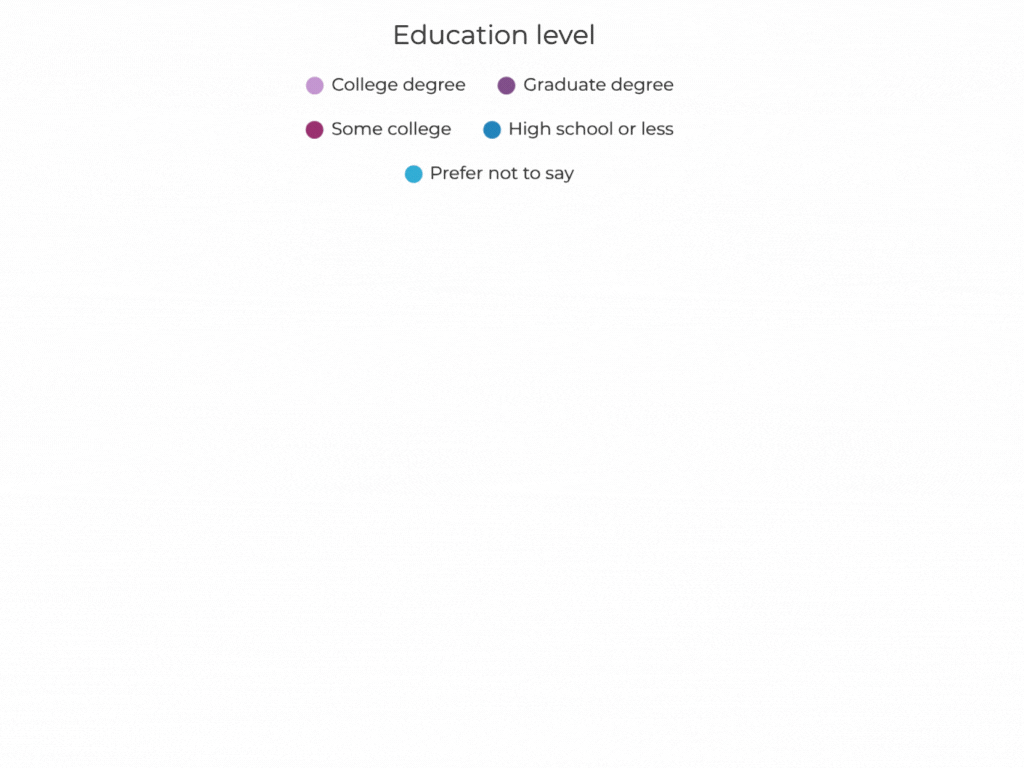
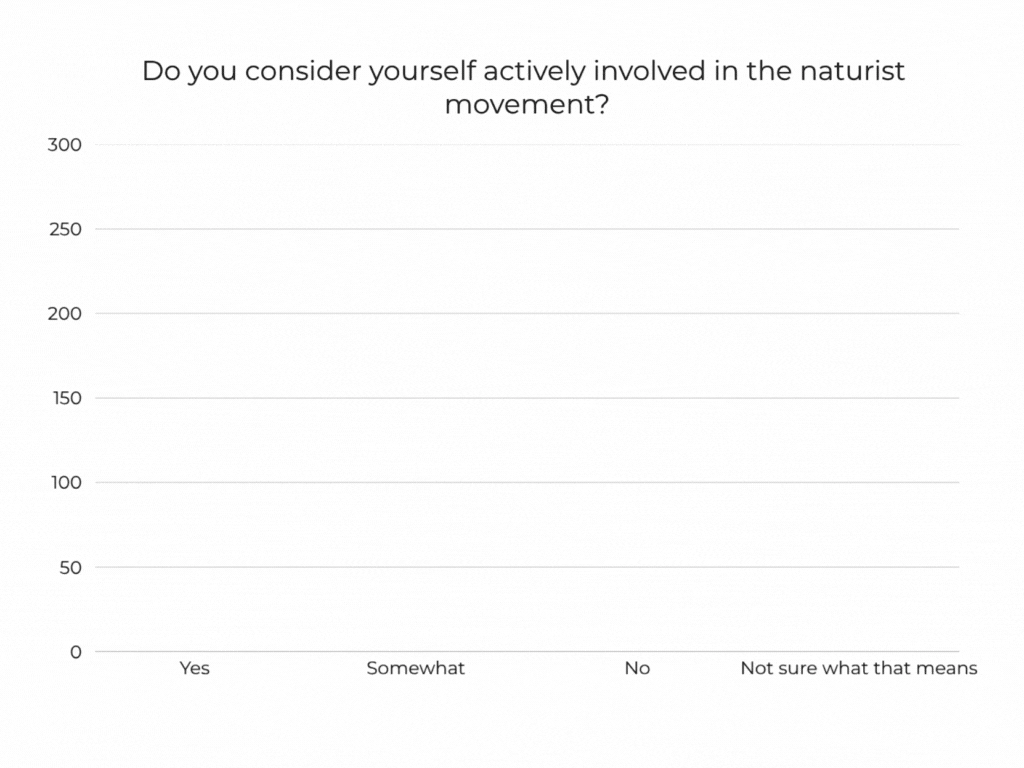
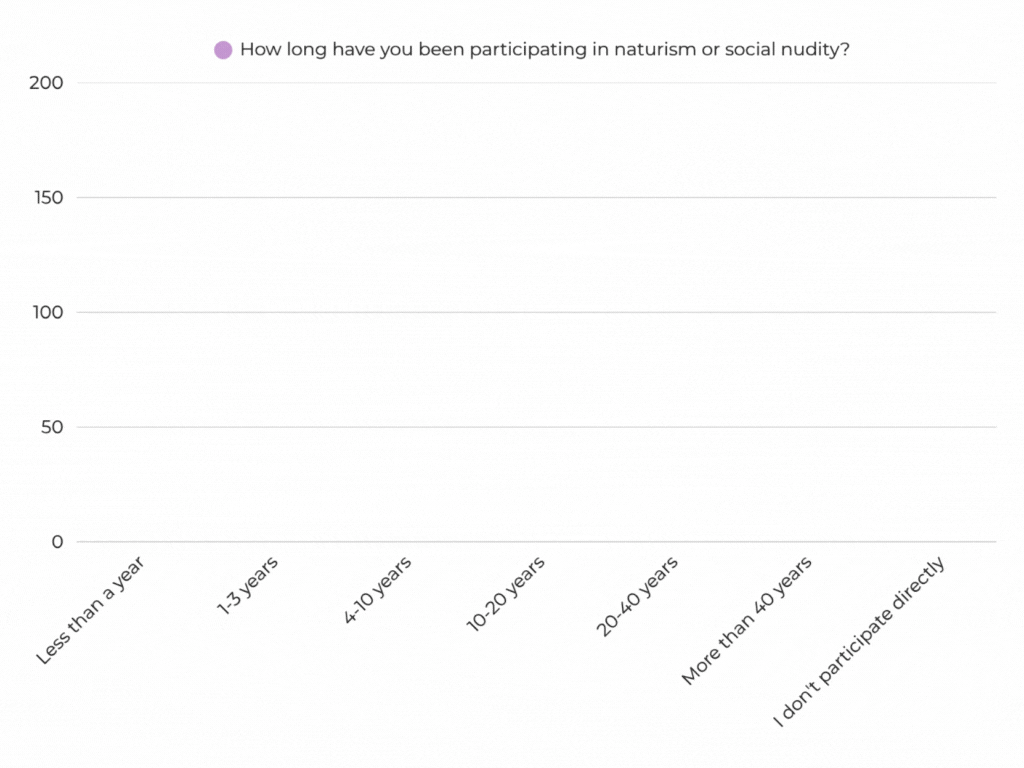
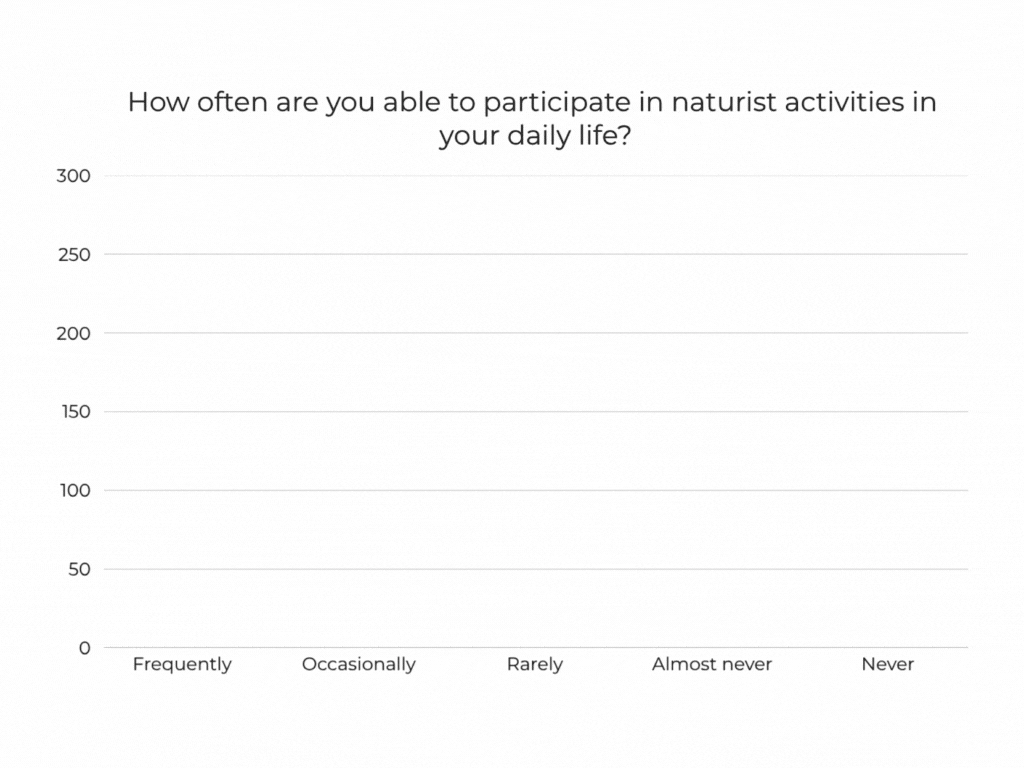



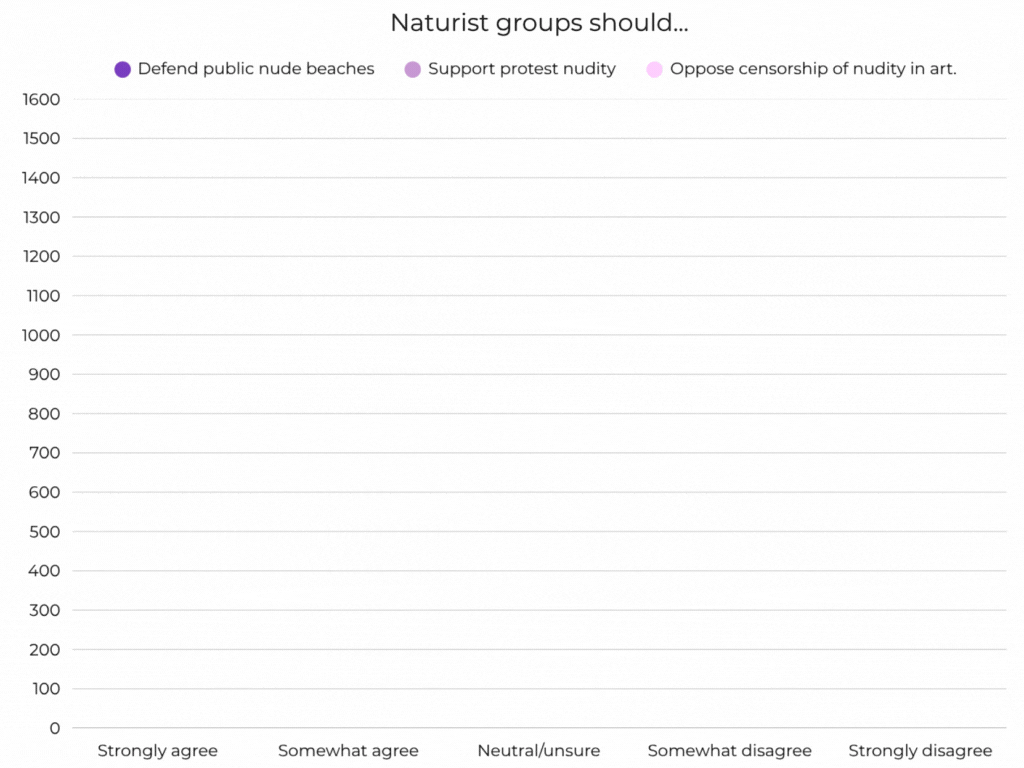
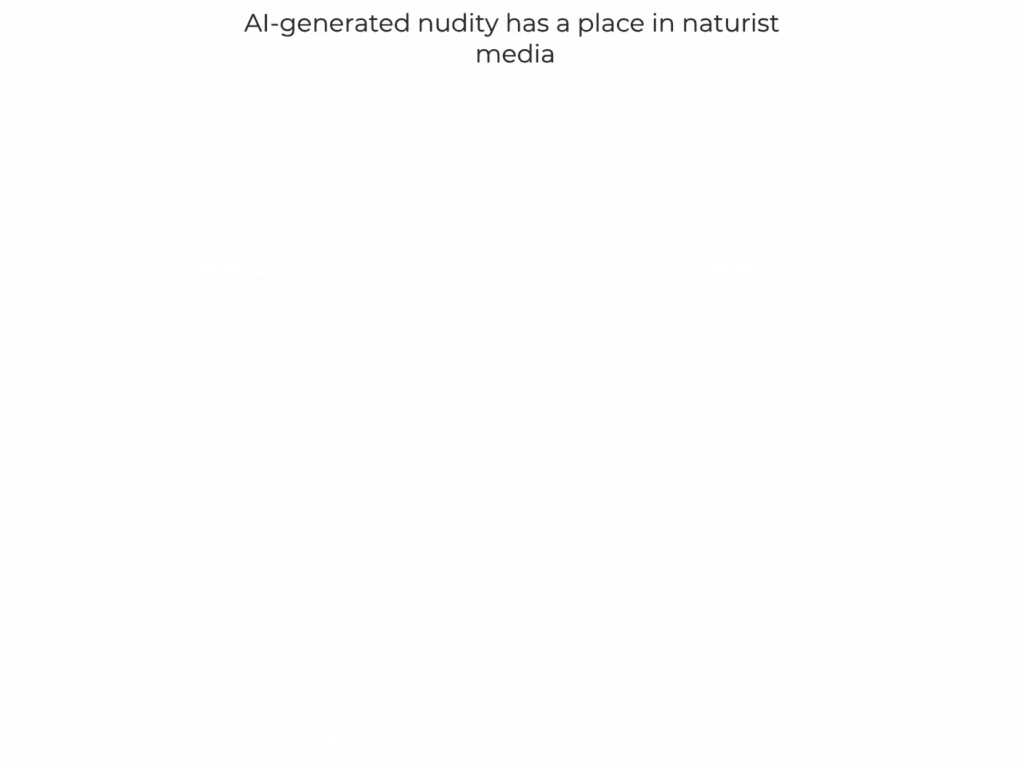
Only one comment, for now. The editors seem confused as to why many people who value body freedom do not support abortion. The answer is that we value the life and body of the baby which would be terminated in an abortion. That baby has a right to continue to exist - the most fundamental basis of body freedom. The smallest and most vulnerable among us deserve our protection of their bodies.
The survey and this detailed and thoughtful interpretation of it demonstrate the value of Planet Nude and efforts like it to the future of the naturist community. Kudos to Evan and team. This has raised the bar! Thank you